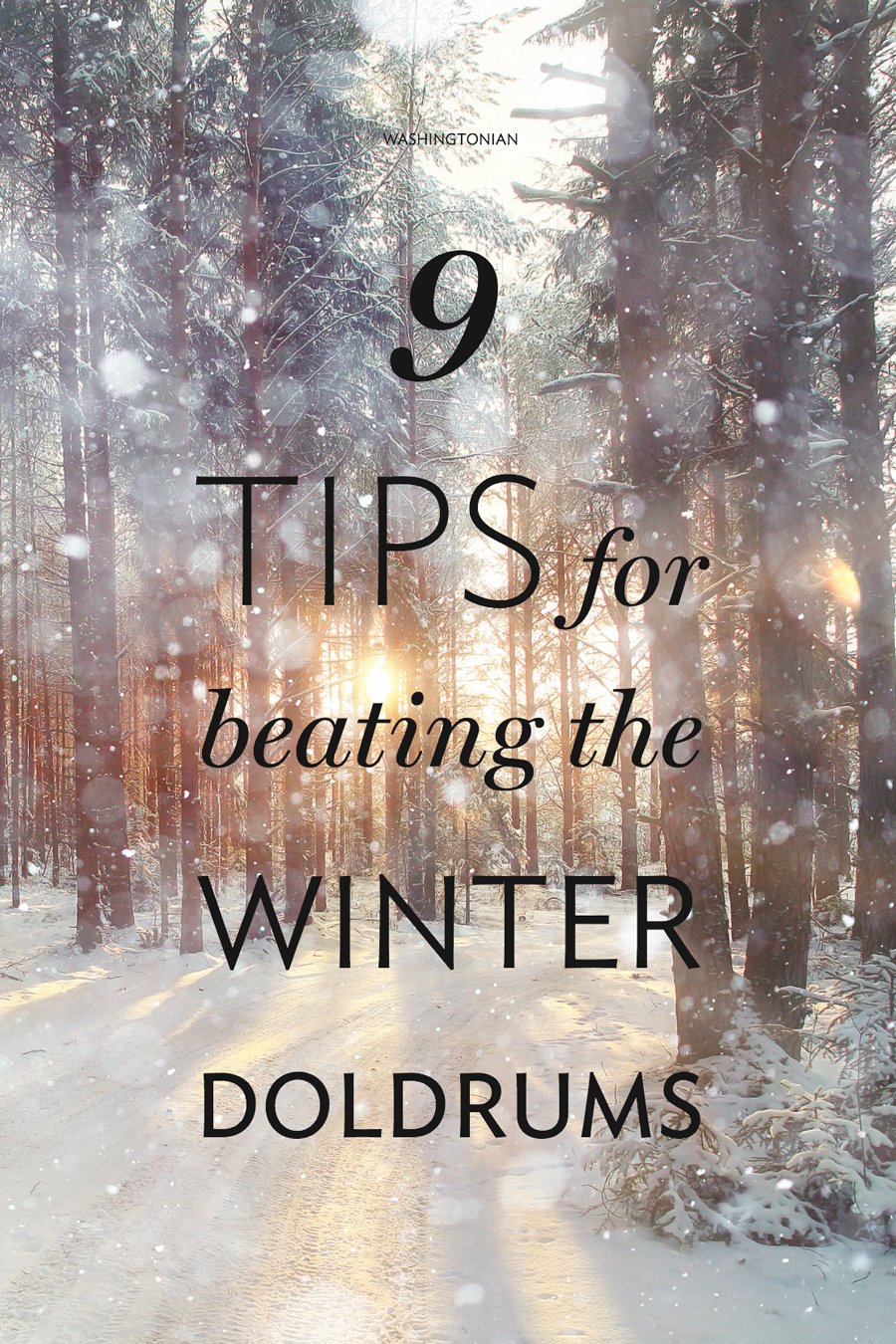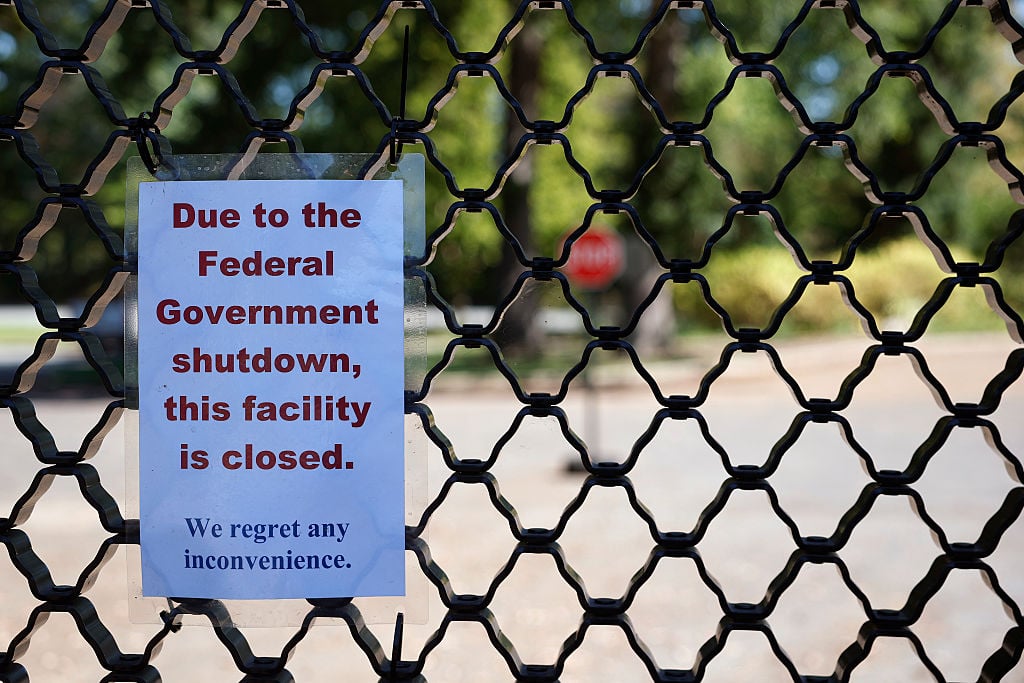As the days get darker and colder, some people get more moody and tired. While 4 to 6 percent of Americans suffer from seasonal affective disorder, or SAD, more suffer from a lesser form known as the winter blues.
Symptoms can start as early as September, but January is the peak month, says Norman Rosenthal, a clinical professor of psychiatry at Georgetown University School of Medicine. Fortunately, there are ways to keep spirits high, from eating better to redoing the living room. Says Rosenthal: “You have to put together a coalition of treatments in order to get the best effect.”
1. Meditate to Reduce Stress
Relieving stress is one of the first things you should do to combat the winter blues, says Rosenthal. He suggests setting aside a few minutes each day to meditate. A 2012 study published in Psychoneuroendocrinology found that a highly stressed group of people at risk for depression reduced their stress levels after meditating for 12 minutes a day.
In addition to daily meditation, Rosenthal goes to yoga class once a week and says it’s a potent stress reliever: “It has both an aerobic component and meditative component. It’s a complete discipline.” Some yoga studios in the area also offer meditation classes; one is Willow Street Yoga in Silver Spring, which has a free class every week.
2. Try Light Therapy
The reduced amount of natural sunlight in the northern hemisphere in January and February is a major contributor to feeling blue. That’s why the use of artificial light through sunlamps or light boxes is touted as a key treatment for mood disorders. A study in the American Journal of Psychiatry found the effects of light therapy to be comparable to those from antidepressants.
Want a quick boost? The iSAD Lamp app ($2.99) turns your iPhone into a sunrise-simulator alarm clock, emitting a bright glow from the screen. (Tips on buying and using a sunlamp.)
3. Exercise in the Morning
The benefits of exercise are plentiful, but the time of day you work out also matters. Studies show that morning exercisers report better sleep, burn more calories throughout the day, and have lower blood pressure.
A problem in winter is getting to the gym in the early morning. Rosenthal says that hiring a personal trainer for a few months is one way to commit to a fitness program. Or try working out at home in front of a light box for added energy.
If time is a factor, consider short but intense interval training. High-intensity interval training has been proven to have a greater antidepressant effect than low-intensity exercise, so think about one-minute sprints followed by one minute of walking for 30 minutes. Research shows that these short bursts of intense exercise can lead to increased energy production and improve blood-sugar levels after meals.
4. Wear Bright Colors
Research indicates that the more depressed we are, the worse we are at distinguishing colors—and dark, gray skies during winter don’t help. Adding color to your wardrobe—try warm ones such as red, orange, and yellow—can give your mood a boost. Or choose a room in your home to make over and paint it a bold shade. You’ll have an activity to keep you busy and can retreat to the room when you feel low.
5. Avoid Carb-Heavy Meals
From November to February, we’re subject to the two W’s: winter and weight gain. During cold or dark months, we tend to crave carbohydrate-heavy comfort foods such as pasta, hearty soups, and dessert. These simple carbohydrates give us only a short-lived energy boost, says Rosenthal, so it’s only a matter of time before we reach for that second or third cookie. Once the sugar high ends, our moods are likely to make an even bigger turn for the worse—and the added pounds from binging don’t help.
Instead, choose foods rich in protein and complex carbohydrates, such as fruits, vegetables, and whole grains, which release sugar into the body slowly and have a low glycemic index. (More mood-boosting foods.)
6. Fill Up Your Social Calendar
When it’s already dark and freezing by 5 pm, most people want to head home from work. But holing up is one of the worst things you can do for your mood. Research published in the Journal of Counseling Psychology showed that people who suffered from depression reported higher levels of well-being and satisfaction after positive social interactions. It’s likely that feeling a sense of belonging reduced depressive symptoms, the authors wrote.
Frederick resident Neal Owens, who suffers from seasonal affective disorder, says he has learned that being extra-social from September to spring is crucial to beating the winter blues: “I used to be a hermit and bow out of everything my kids would invite me to. But now I try to make a point not to hibernate.” (Read Owens’s story here.)
7. Sleep Less
Getting less shut-eye may sound counterintuitive—after all, studies show that lack of sleep can cause junk-food cravings and weight gain and increase the risk of heart disease. But to avoid winter, many people sleep more than they do in warmer months. Instead, it’s essential to maintain a steady rhythm of sleep per night by waking up and going to bed at the same times every day—including weekends.
Try keeping your blinds open to allow as much sunlight as possible into the room come morning. Still hitting snooze? Rosenthal swears by dawn simulators, which slowly emit light over the course of 30 to 45 minutes to mimic sunrise and provide more morning light on cloudy days. (See a review of a dawn-simulator alarm clock.)
8. Get a Whiff of Citrus
When you feel an energy slump coming on, slice an orange or light a lemon-scented candle. A small study published in the journal NeuroImmunoModulation found that when 12 patients suffering from depression were exposed to the smell of citrus, the effects were strong enough to cause a change in hormone levels and immune function. Even more surprising, the citrus treatment appeared to be more effective in lifting their moods than antidepressants. Researchers said it’s likely that the potent citrus smell was enough to stimulate sensory systems, giving a much-needed boost of energy.
9. Seek Professional Help
If self-treatments don’t seem to help, it may be time to seek out a professional. The website of the Center for Environmental Therapeutics, cet.org, offers an online test to determine your level of depression. If your score is 16 or higher, you might want to consult a mental-health professional qualified to treat seasonal affective disorder. Call the National Alliance on Mental Illness help line at 800-950-6264 or visit nami.org to find a local referral.



















